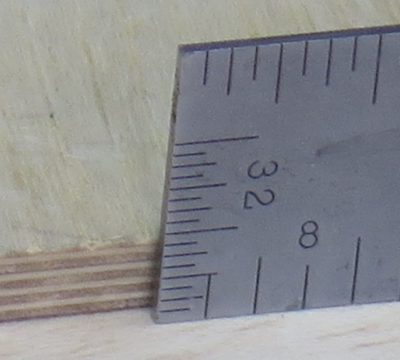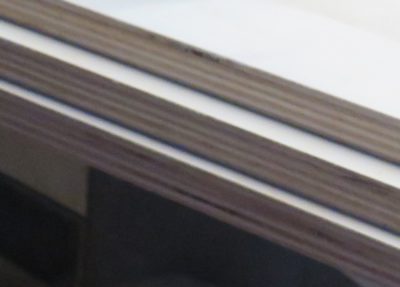Tool Cabinet – Construction Choices
When it comes to large scale furniture making, or at least when there are large expanses of flat elements such as sides, doors and backs of larger cabinetry, one of the constant challenges to makers is adapting to the movement of wood through the seasons by means of various assemblages. Long ago I developed the attitude it would be more efficient and more successful to use wood re-formatted to simply not move in response to environmental moisture. In other words, to use good quality plywood. That might make me a heretic in the fine woodworking world, and I will give that accusation all the consideration it deserves.
Okay, I am done with that consideration. As pundit Mollie Hemingway once remarked, “My spiritual gift is not caring what you think about anything.” That pretty much summarizes my attitude towards plywood as a legitimate fine construction material.

Frankly it is not a concern for most of my projects given the scale of my work. That said I have begun experimenting with home-made plywood even for some of my smaller work, consuming my copious inventory of veneers and marine epoxy to make nearly indestructible plywood like this. I will be blogging about this undertaking in the near future.
Sure, I know how to make frame-and-panel furniture and use it when it is stylistically appropriate, but otherwise I move on using good plywood for the panels of my projects. This becomes even more imperative for me when the ultimate purpose of the project is to express the decorative surface, either marquetry or japanning/fauxrushi. I just want the seasons to unfold with the carcass substrate not even noticing.

Over my 50 years of restoring and conserving ancient furniture I have seen far too many instances of a solid wood carcasses tearing apart the decorative surface to go down that road in my own work, as in this 19th Century French desk. Given the prominence of decorative veneerwork on my cabinet this phenomenon was one I did not seek to replicate.
This brings me to the construction choices for my tool cabinet, in some ways to be the culmination of my “making” undertakings. In point of fact this will be a huge (for me) simple box measuring roughly 48″ high x 42″ wide x 15″ deep. The cabinet has two purposes; 1) to hold as many woodworking tools as I can possibly cram in there on 12 (!) swinging panels, and 2) express the aesthetic of traditional Roubo/Roentgen parquetry (outside) combined with HO Studley’s inspirational aesthetic (inside). For this reason, I need a structure that is both robust and exceedingly stable if I want the cabinet to redound to my descendants. This pretty much means that I build the box and its doors out of Baltic birch plywood, for the most part 3/4″.

When you merge that preference with the additional facts that I am not set up to do large scale millwork combined with the ready availability of 24″ x 48″ “project panels” at the Big Blue Box store, my path forward was pretty self-evident.
Now the only real question is, “How many months with this adventure consume?”
Stay tuned to find out.


12 swinging panels?!! Looking forward to seeing the design.
FYI: I haven’t been able to see any comments at all for quite a while on this website. I’m running Safari on my iPhone. I can’t believe I’m the only one with this trouble. Has anyone else reported the same problem? Any thoughts? I know how much you love compewders.